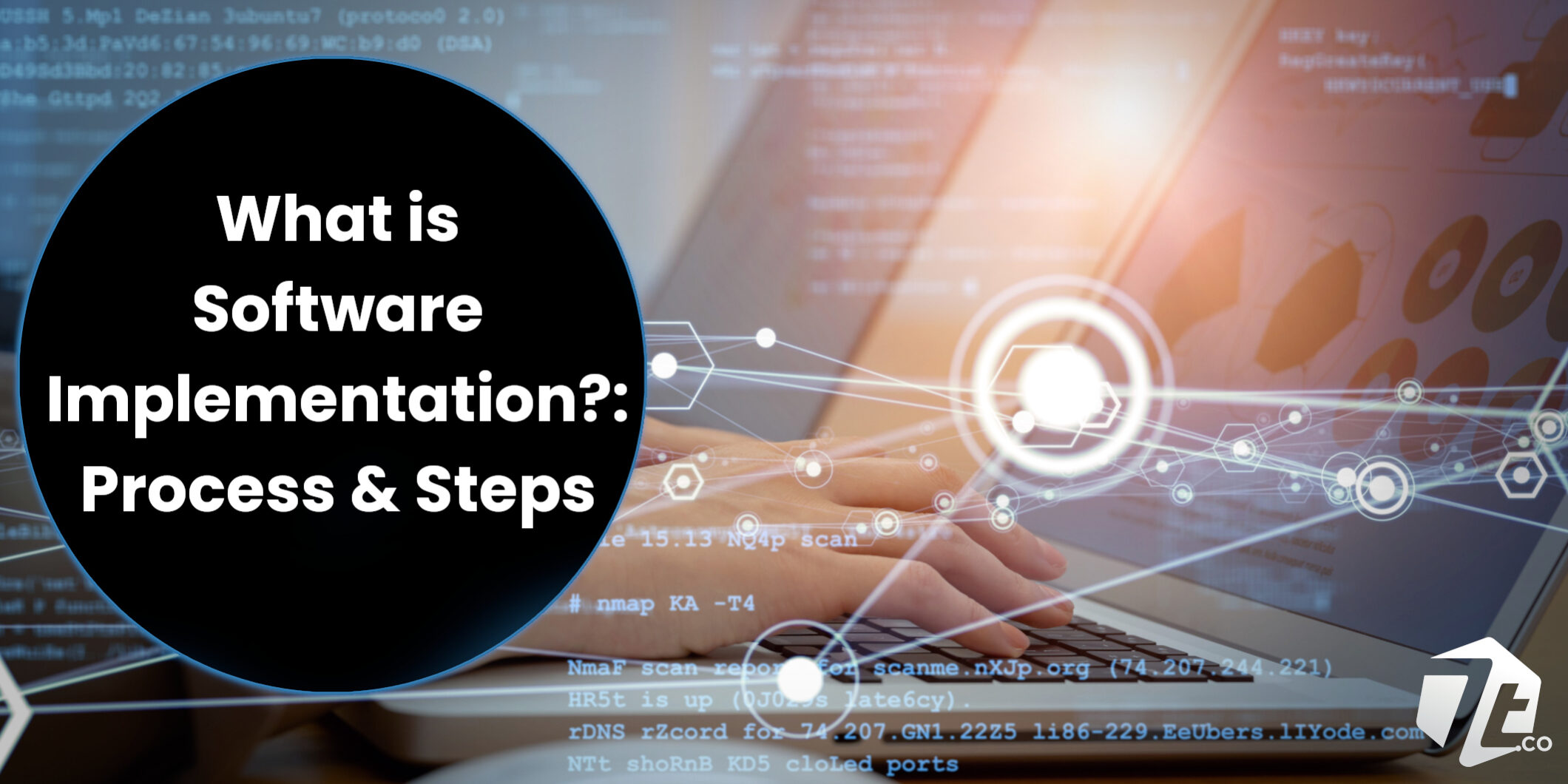Software implementation is a key phase in the larger development process. It’s a term that clients can expect to hear referenced throughout the development process. But what is software implementation? What does the process entail? And how does it differ from deployment?
What is Software Implementation? – Definition
At its core, implementation refers to the process of integrating a new piece of software — whether it’s an enterprise platform, a mobile app, process automations or an AI platform, amongst other forms of technology — into an organization’s existing processes, IT infrastructure and workflows.
One can think of software implementation as the process of fitting new technology into its slot within a company’s processes and infrastructure. It’s a matter of developing a transition plan, pre-positioning the software and preparing new users for deployment.
Software Implementation vs Deployment – How Do They Differ?
Clients commonly confuse the terms “implementation” and “deployment,” but the two terms are not synonymous. There are a number of important differences between deployment vs implementation.
While implementation entails slotting new technology into a company’s existing IT infrastructure, processes and workflows, deployment involves setting that new technology live. It’s a differential that can be illustrated with the following anecdote. Let’s say your company has hired a developer to create a new ERP platform. During the implementation process, that software is installed on devices and staff are trained on how to use the new platform. New processes and workflows are developed, but they’re not put to use until deployment day.
During the deployment phase, the new software platform is set live and staff start using the new software along with the new workflows and processes that were developed during the implementation phase.
Implementation is a time for pre-positioning, training and the development of new processes and workflows to maximize efficiency and productivity. Deployment is “go live” day, when you officially “flip the switch” and begin using the new software and all of the workflows and processes that were developed during the implementation stage.
What is the Software Implementation Process?
Each implementation process is somewhat unique since it’s largely tailored to accommodate the users, the organization and the actual software platform. But the software implementation process typically includes the following steps.
Step
Description
Planning
An implementation plan will be developed, addressing issues such as user training, how the technology will be integrated with existing workflows and processes, configuration and the actual transition to the new platform.
Training
User training is essential for a successful deployment and to avoid any disruption in productivity and operations as a whole. Without proper training, staff may feel as though a digital rug has been pulled out from under them, leading to a dip in morale and even reluctance to adopt the new technology.
Installation
The new platform will be installed on the client’s devices, including desktop computers, laptops, tablets and mobile devices.
Configuration
The software may require some configuration once it’s installed on the client’s devices. This configuration is performed during the implementation process. This step may also include establishing a connection for API integrations.
Testing
As users become acquainted with the platform, new potential issues may come to light, necessitating additional rounds of testing.
Enjoy a Smooth Software Implementation With 7T
The software implementation process may seem daunting, as change can be intimidating. But with the right planning, sufficient preparations and a solid implementation strategy, the implementation phase ought to go quite smoothly. 7T has extensive experience implementing and deploying new technologies, ranging from enterprise software solutions, to mobile apps, AI technology, cloud solutions, process automations and beyond.
At 7T, we use a problem → solution in our approach to development. Our team will identify your organization’s challenges and pain points. Then, we’ll architect a value-generating solution.
7T is based in Dallas, with additional locations in Houston, and Charlotte, NC. But our clientele spans the globe. If you’re ready to learn more about software implementation and the broader development process, contact 7T today.










